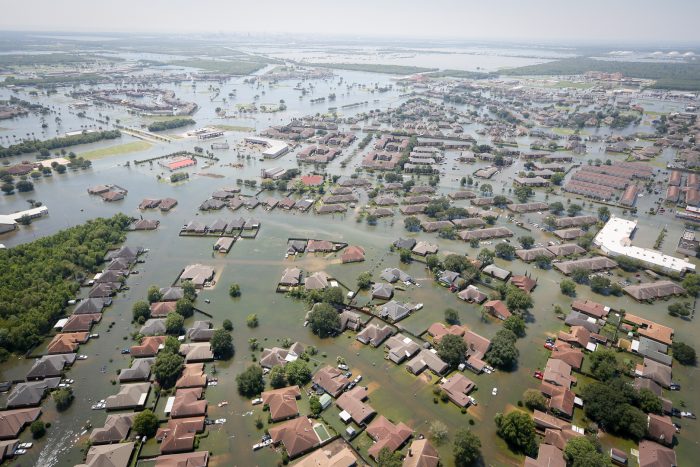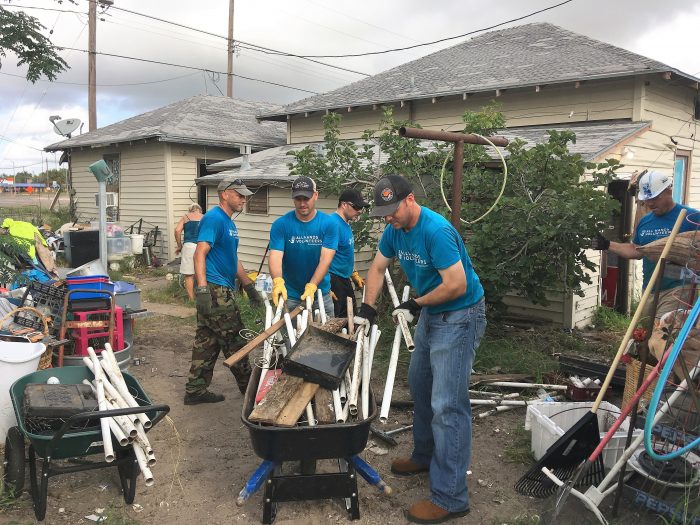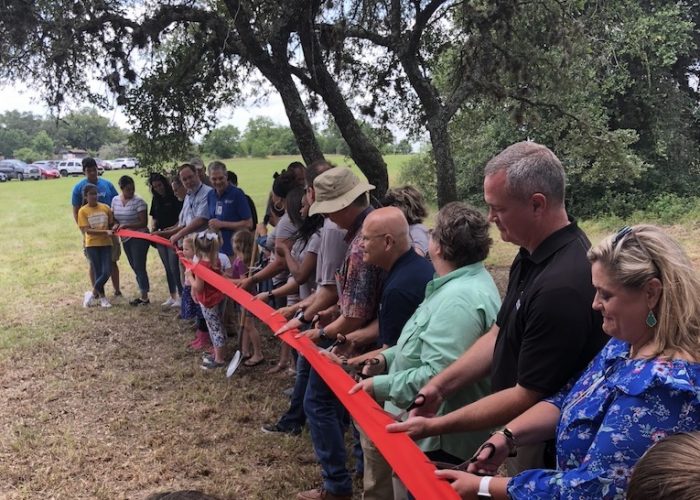Still Waiting for Help


As we enter the 2018 hurricane season, many parts of the country are still reeling from the effects of last year’s season, which brought Hurricanes Harvey, Irma and Maria to the United States. Along the Texas Gulf Coast and in Puerto Rico, families are still in temporary housing, struggling to rebuild or to find new permanent residences where they can be safe from future flooding and wind.
Housing recovery is the most difficult part of recovering from a disaster because the home plays such an important role in both our physical and emotional stability and safety. The home is a literal and figurative foundation. Lacking adequate, secure, and predictable shelter destabilizes individuals and families. It makes it difficult to return to regular routines of work and school, and it undercuts regular routes for shopping, health care, social activities, and more. For families already on the margin, even minor disasters can trigger a free-fall into poverty, homelessness and mental health problems. Even for those with means, recovery often takes years to complete, and the rate varies widely by housing type (single-family vs. multi-family), housing tenure (owners vs. renters), and even seasonal vs. primary residence (see Peacock et al. 2014 and Hamideh et al. 2018).
Yet while much attention from the public sector is given to emergency response, debris removal, and infrastructure repair, housing recovery is left primarily to market forces to repair or rebuild homes. FEMA may provide some assistance, but only after all other routes have been exhausted, and only for a small portion of those affected. Generally speaking, homeowners depend on insurance coverage and their own personal savings for rebuilding. As might be expected, these methods work best for upper-middle to high-income homeowners—those who have been able to purchase adequate and consistent coverage, or who have their own personal savings to draw upon. For moderate- and lower-income homeowners, and for renters of all incomes, there really aren’t many good options. These households are stuck, waiting for help without knowing where it will come from.
To address these issues, several approaches are needed. First, communities and residents alike need better information about their exposure to disasters. For example, currently, property managers and landlords have no obligation to notify renters of the unit’s location in a floodplain or floodway. This must change.
Second, communities need to plan for recovery. For states like Texas and Florida, as well as our island territories, disasters are a matter of when, not if. Jurisdictions need to include disaster recovery as part of their regular planning efforts. They must incorporate it into their comprehensive and hazard mitigation plans, so that clear procedures, responsibilities, and processes are laid out ahead of time, giving residents options and control over their futures (this a great example of such a program).
Third, advocacy groups must fight for the rights of the most vulnerable during the recovery period. Disasters have a bad habit of exacerbating pre-existing inequalities (see Peacock et al. 2014). Vigilance by community organizers, civil rights organizations, and legal aid groups is needed to ensure that vulnerable populations are not left out of the recovery process and decision-making.
Finally, communities must take steps to reduce their vulnerability. This can be done through both structural (storm water infrastructure, dams, levees) and through non-structural mitigation techniques, such as effective land use planning, preservation of environmental services, and educational techniques (for a comprehensive guide, see Masterson et al., 2014).
More like this

Hurricane Harvey Recovery: One Year Later

